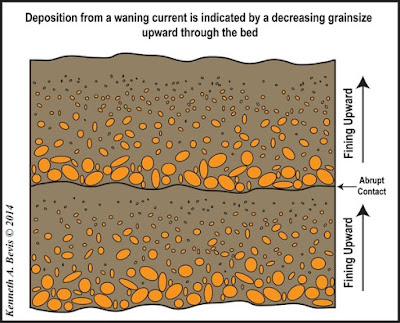How are hurricanes formed?
Hurricanes are the most violent storms on Earth. People call these storms by other names, such as typhoons or cyclones, depending on where they occur. The scientific term for all these storms is tropical cyclone. Only tropical cyclones that form over the Atlantic Ocean or eastern Pacific Ocean are called "hurricanes."
Whatever they are called, tropical cyclones all form the same way.
Hurricanes begin as tropical storms over the warm ocean waters near the equator. When this warm and wet air rises, it liquidizes to form formidable dark clouds causing heavy rainfall; it also creates a low pressure zone near the surface of the water.
Warm air is under higher pressure than cold air, so moves towards the space occupied by the colder, lower pressure air.
As a result, the low pressure sucks in air from the warm surroundings, which then also rises.
The continuous up-flow of warm and wet air continues to create clouds and rain and is twisted high in the atmosphere. The winds begin to circle anti-clockwise in the northern hemisphere or clockwise south of the equator around the centre of low pressure (the ‘eye of the storm’), moving at speeds of 74 to 200 miles per hour.
When the winds in the rotating storm reach 39 mph, the storm is called a "tropical storm." And when the wind speeds reach 74 mph, the storm is officially a "tropical cyclone," or hurricane.
Tropical cyclones usually weaken when they hit land, because they are no longer being "fed" by the energy from the warm ocean waters. However, they often move far inland, dumping many inches of rain and causing lots of wind damage before they die out completely.
Tropical cyclone categories:
| Category | Wind Speed (mph) | Damage at Landfall | Storm Surge (feet) |
| 1 | 74-95 | Minimal | 4-5 |
| 2 | 96-110 | Moderate | 6-8 |
| 3 | 111-129 | Extensive | 9-12 |
| 4 | 130-156 | Extreme | 13-18 |
| 5 | 157 or higher | Catastrophic | 19+ |
Air is ejected at the top of the storm and falls to the outside, away from the ‘eye of the storm’ which reduces the mass of air over the ‘eye’ – causing wind speed to increase further.
As long as the hurricane remains over waters of 26 degrees Celsius or warmer, it continues to pull moisture from the surface and grow – hence why the hurricane increases in size, power and velocity.
When a hurricane crosses land or cooler waters, it loses its force because their energy comes from sucking up moist sea air – but the damage may have been considerable.
Hurricanes are also referred to as typhoons and cyclones in different parts of the world.
Where and When Do They Form?
Hurricanes do an important job for the Earth. They help move heat from warm tropical places to the cooler temperate zone. To do this, they typically form between 5 to 15 degrees latitude north and south of the equator. Then, they thunder across the warm oceans of the world such as the Atlantic, the Gulf of Mexico, the Caribbean, and the Western Pacific Ocean (where they are called typhoons), up to higher latitudes.
Hurricanes happen when the oceans have been warmed during summer months. In the North Atlantic, hurricane season is from June 1 to November 30, but most hurricanes happen during the fall.
Storm Surge
As a hurricane’s winds spiral around and around the storm, they push water into a mound at the storm’s center. This mound of water becomes dangerous when the storm reaches land because it causes flooding along the coast. The water piles up, unable to escape anywhere but on land as the storm carries it landward. A hurricane will cause more storm surge in areas where the ocean floor slopes gradually.
When high tide happens at the same time as a storm surge, the combination of the two is called storm tide. During a storm tide, the water level may be 20 feet or more above normal. This causes huge floods. Storm tide is especially dangerous for islands or coastal areas where even a few feet of surge may cause large areas of flooding.


There are computer models that allow forecasters to predict the amount of storm surge that will affect a coastal area. A model called SLOSH takes into account a storm’s strength, its path, how the ocean shallows, and the shape of the land and calculates how much storm surge a hurricane will probably cause.






Comments